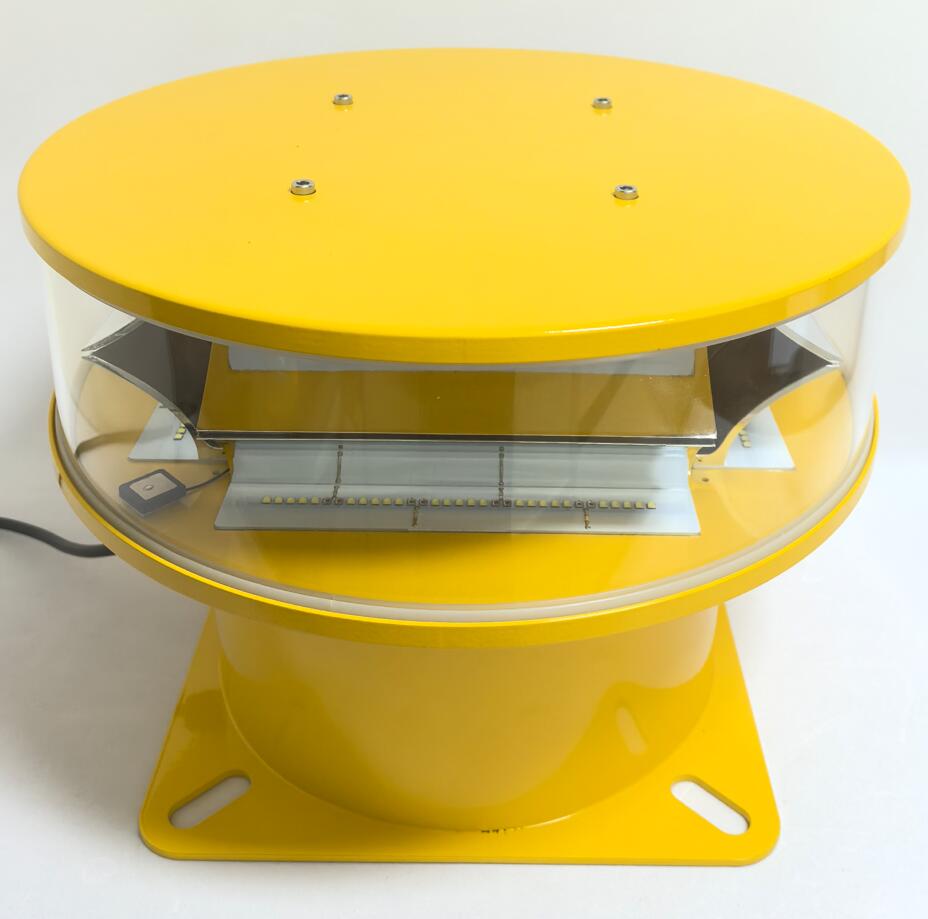Illuminating the Night: The Role of ob Lights in Towers
In the modern urban landscape, towers have become iconic symbols of human achievement, reaching ever higher into the sky. Among the many features that define these towering structures, ob lights play a crucial yet often overlooked role. These lights, strategically placed on towers, serve multiple purposes, from ensuring safety to enhancing aesthetics. This article delves into the significance of ob lights in towers, exploring their functions, design considerations, and the impact they have on both the environment and human experience.
The Functional Role of ob Lights in Towers
Ob lights, short for obstruction lights, are primarily installed on towers to ensure aviation safety. These lights are designed to make tall structures visible to aircraft, especially during nighttime or in conditions of reduced visibility such as fog or heavy rain. The International Civil Aviation Organization (ICAO) mandates the use of ob lights on structures exceeding a certain height, typically 200 feet (61 meters) above ground level. By marking the presence of these obstacles, ob lights help prevent collisions, safeguarding both human lives and valuable aircraft.
The placement and configuration of ob lights are carefully regulated. Towers are often equipped with a combination of red and white lights. Red ob lights are typically used at lower altitudes, while white lights are employed at higher levels. This color differentiation helps pilots distinguish between various sections of the tower, providing a clearer understanding of its height and structure. Additionally, ob lights are often synchronized to flash in specific patterns, further enhancing their visibility and effectiveness.

Aesthetic Considerations in ob Light Design
While the primary function of ob lights is safety, their design and implementation also contribute to the aesthetic appeal of towers. In recent years, architects and lighting designers have begun to integrate ob lights into the overall visual concept of a tower, transforming them from mere safety features into elements of artistic expression.
For instance, some modern towers feature ob lights that change color or intensity, creating dynamic light shows that can be seen from miles away. These installations not only serve their practical purpose but also enhance the skyline, turning towers into landmarks that captivate the public's imagination. The Burj Khalifa in Dubai, for example, uses its ob lights to create stunning visual displays during special events, blending functionality with artistry.
Moreover, the use of energy-efficient LED technology has revolutionized ob light design. LEDs offer greater flexibility in terms of color and brightness, allowing for more creative and sustainable lighting solutions. This shift towards eco-friendly lighting not only reduces energy consumption but also minimizes light pollution, preserving the natural beauty of the night sky.
Environmental and Human Impact
The installation of ob lights on towers has a significant impact on both the environment and human experience. On the environmental front, the shift towards LED technology has been a game-changer. LEDs consume significantly less energy than traditional incandescent or halogen lights, reducing the carbon footprint of towers. Additionally, LEDs have a longer lifespan, resulting in fewer replacements and less waste.
| ob lights on tower |
| ob lights on towers |
However, the proliferation of ob lights also raises concerns about light pollution. Excessive artificial lighting can disrupt ecosystems, affecting wildlife behavior and migration patterns. To mitigate these effects, designers are increasingly adopting "dark sky" principles, which aim to minimize light spill and glare. By directing ob lights precisely where they are needed and using shields to contain their spread, it is possible to balance safety with environmental responsibility.
From a human perspective, ob lights contribute to the sense of security and wonder that towers inspire. For those living in urban areas, the sight of a tower illuminated by ob lights can be a source of comfort, a reminder of human ingenuity and resilience. For visitors and tourists, these lights enhance the experience of exploring a city, turning towers into must-see attractions.
Ob lights in towers are far more than just safety features; they are integral components of modern architecture, blending functionality with aesthetics. As technology continues to evolve, the design and implementation of ob lights will undoubtedly become even more sophisticated, offering new possibilities for creativity and sustainability. Whether viewed from the cockpit of an aircraft or the streets of a bustling city, ob lights in towers illuminate the night, guiding us safely through the darkness while adding a touch of brilliance to our urban landscapes.
